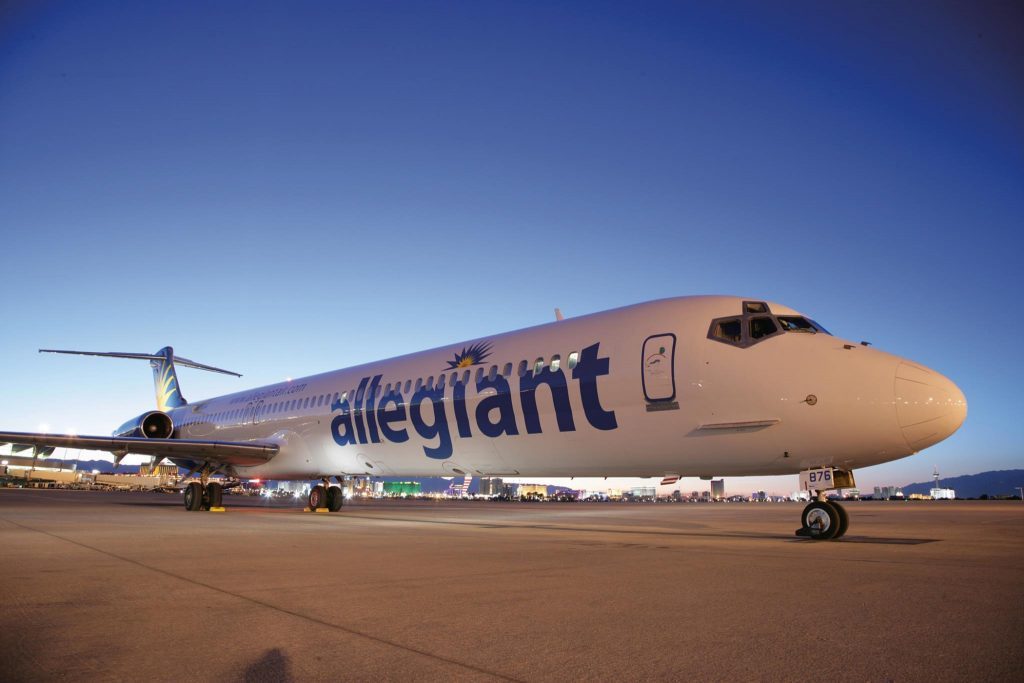Skift Take
Allegiant can't fly its MD80s from some cities at certain times of the year. It sometimes cancels routes before they launch. And it's not interested in coast-to-coast routes. Learn why in this discussion with the airline's director of planning.
Editor's note: This series, called Airline Insiders, introduces readers to behind-the-scenes decision-makers for airlines. Unlike our ongoing airline CEO series, Future of the Passenger Experience, we will not question the highest-ranking executives here. Instead, we will speak with insiders who guide decisions on airline operations, networks, marketing, and the passenger experience.
Today, in the fourth installment of the series, we speak to an executive who chooses routes for Allegiant Air, one of the three ultra-low-cost carriers in the United States.
You can read all the stories in the series here.
There’s an old joke about airline planners — that they all have a world map tacked to their office walls. And when they need to launch a new route, they throw a dart at it. Wherever it lands is the airline's next destination.
It's not true, of course.
Planners take new routes seriously, often studying them for months – or even years — before recommending them. They examine as much information, from census data to migration patterns, as they can. They also look at how many passengers already fly between two cities, perhaps with a connection on another airline. And they might even look at road data to determine whether they can coax some travelers to fly rather than drive.
Kristen Schilling-Gonzales is director of planning at Allegiant Air, one of three ultra-low-cost-carriers, or ULCCs, in the United States. Allegiant has an usual model, preferring underserved routes from small and mid-size cities. One of its biggest markets is Punta Gorda, Florida, where it's the only airline. Its destinations from Punta Gorda include St. Cloud, Minnesota, Omaha, Plattsburgh, New York, and Belleville, Illinois.
We spoke with Schilling-Gonzales recently to learn how Allegiant chooses where to fly, and with what planes.
Note: This interview has been edited for length and clarity.
Skift: How do you describe your job?
Schilling-Gonzales: As director of planning, my primary goal and job is to decide the best use of our resources. That's anything from how we best use our aircraft to what routes we fly, to how often we fly them, to how we utilize our crews.
Skift: You've heard the joke about the dart board. Is it true?
Schilling-Gonzales: Have you been in on our meetings? Yeah, that's pretty accurate. I've heard the joke before. I also sometimes say it's more of a Wheel of Fortune-style wheel that we just spin and see what happens.
S


